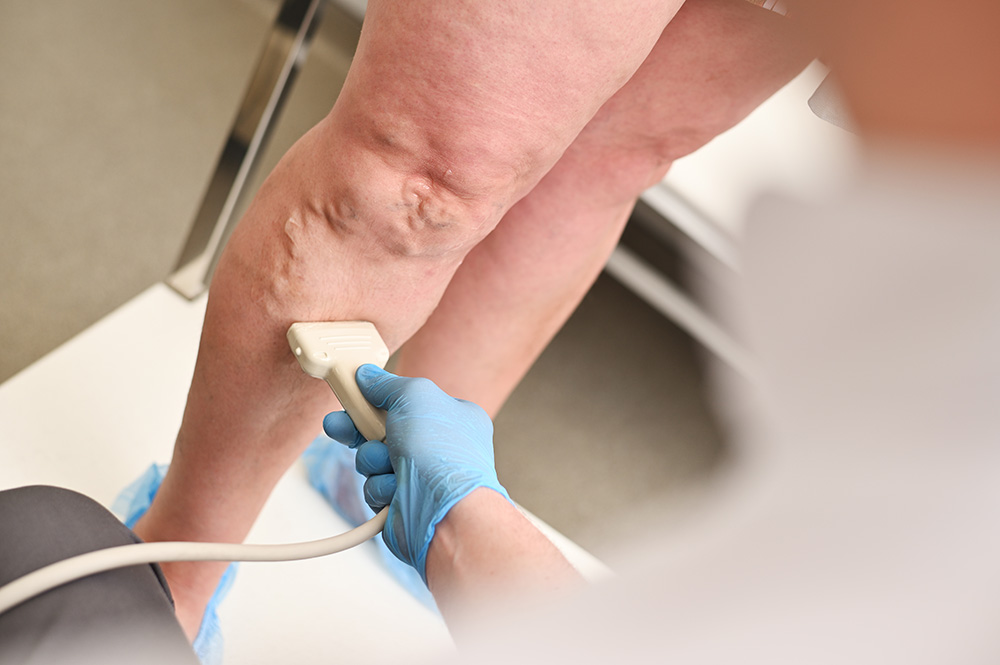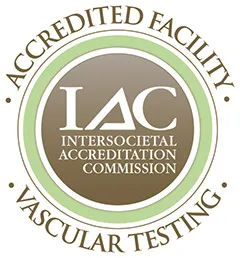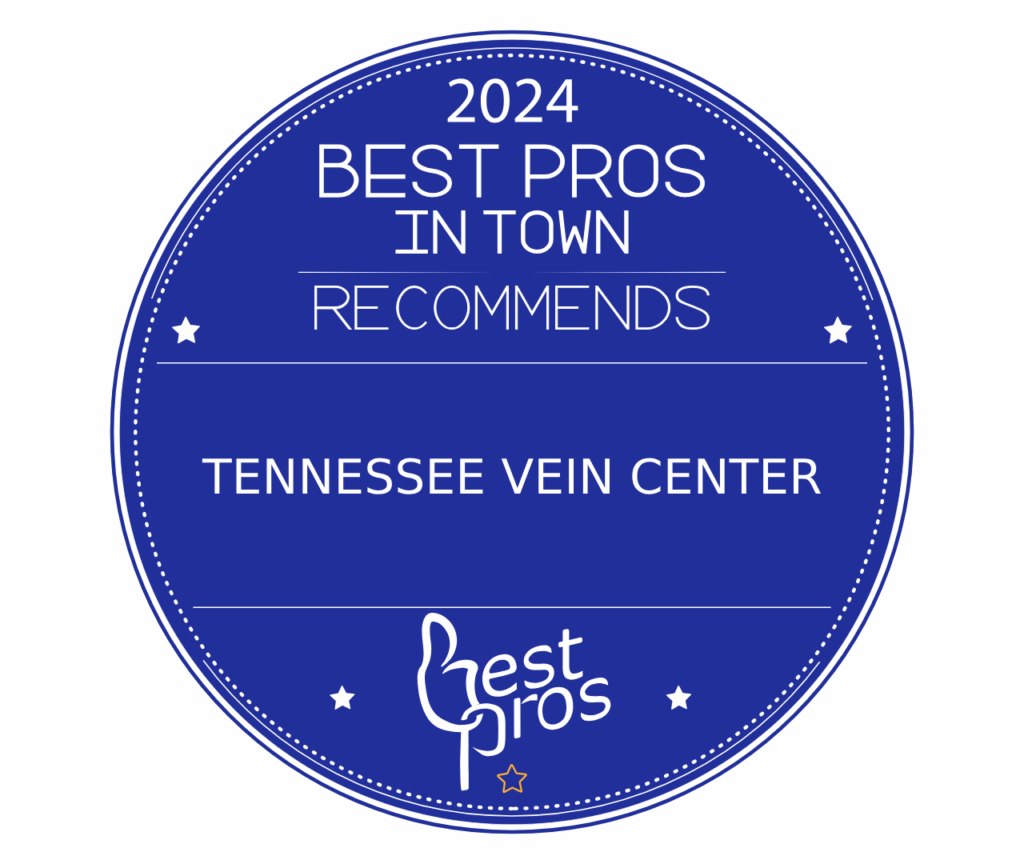If you’ve ever experienced leg pain, swelling, varicose veins, or a feeling of heaviness in your legs, your doctor might suggest a venous reflux study—also known as venous mapping. But what exactly is it, and why is it important?
Understanding the Basics: Your Veins at Work
Veins are blood vessels that carry blood back to your heart. In your legs, this job is a little harder because blood must travel against gravity. That’s where one-way valves inside your veins come in to play—they keep blood moving upward and prevent it from flowing backward.
Sometimes, these valves become weak or damaged, causing blood to pool in your legs instead of returning to your heart. This is called venous reflux, or chronic venous insufficiency, and it can lead to varicose veins, swelling, and skin changes.
What Is a Venous Reflux Study?
A venous reflux study is a non-invasive ultrasound test that checks how well the valves in your leg veins are working. It helps doctors see:
- Which veins are affected
- Where the blood is flowing backward
- How severe the venous reflux is
This test is especially helpful before any treatment for varicose veins or chronic venous problems, such as laser therapy or vein ablation.
What Happens During the Test?
The test is simple and painless. Here’s what to expect:
- You’ll stand in different positions while a technician uses a small device (a transducer) to send sound waves into your leg. Lying down for this test can lead to false positives and/or false negatives.
- The sound waves bounce off your veins, and a computer creates images of blood flow in real time.
- The technician may apply gentle pressure or ask you to tighten your leg muscles to assess how your veins respond.
The whole process usually takes about 30–60 minutes.
Why Is It Also Called “Venous Mapping”?
“Venous mapping” refers to the process of creating a detailed “map” of your veins. It’s especially important before surgical or minimally invasive vein treatments so the doctor knows exactly which veins to target.
Think of it like GPS for your legs, it guides the physician to the areas needing attention, reducing the risk of complications and improving treatment outcomes.
Is Venous Mapping Safe?
Absolutely. A venous reflux study uses ultrasound, which is safe, painless, and free of radiation. It’s a trusted tool used by vein specialists, vascular surgeons, and interventional radiologists.
Final Thoughts
If your legs ache, swell, or show signs of varicose veins, don’t ignore it. A venous reflux study or venous mapping can give your doctor the insights they need to help you feel better and prevent more serious issues down the road.
Call Tennessee Vein Center if you think you might benefit from this test—your legs will thank you!


